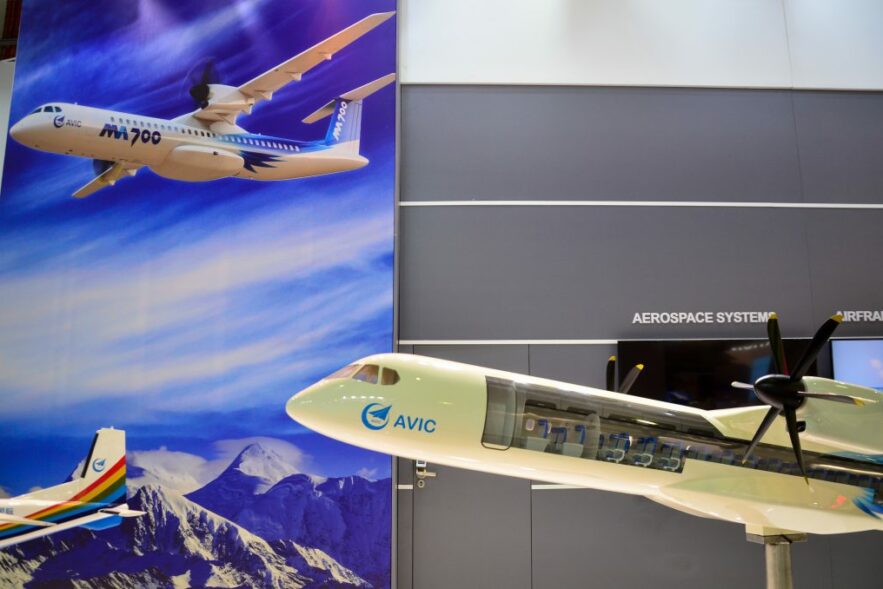Log-in here if you’re already a subscriber Release DateSeptember 30, 2023Alaska Airlines, finally all-Boeing, ventures beyond the recoveryPurchase a PDF...
Log-in here if you’re already a subscriber Release DateAugust 17, 2023JetZero embarks on the long journey to a blended wing...
Log-in here if you’re already a subscriber Release DateJuly 26, 2023RTX CEO: Pratt reputation will hinge on handling of GTF...
Log-in here if you’re already a subscriber Release DateJune 26, 2023The Airbus A221 begins to come into focusPurchase a PDF...
Log-in here if you’re already a subscriber Release DateJune 21, 2023Boeing will test CFM’s advanced open fan architecture with a...
Log-in here if you’re already a subscriber Release DateFebruary 1, 2023Supply chain fragility drives fourth 737 Max line decisionPurchase a...
Log-in here if you’re already a subscriber Release DateJanuary 19, 2023NASA gives Boeing a second shot at reshaping commercial aviationPurchase...
Log-in here if you’re already a subscriber Release DateNovember 2, 2022Boeing puts a quarter century between its all-new airplanesPurchase a...
Log-in here if you’re already a subscriber Release DateJuly 21, 2022Airbus advances A220-500 strategy around transcon and possible second enginePurchase...
Log-in here if you’re already a subscriber Release DateJuly 17, 2022Harvest & hybrids await engine makers for the next decadePurchase...
Log-in here if you’re already a subscriber Release DateJuly 13, 2022Labor shortage drives Pratt & Whitney engine shortfallPurchase a PDF...
Jon Ostrower and Elan Head·
Sign up to receive updates on our latest scoops, insight and analysis on the business of flying. (function($) {window.fnames =...













